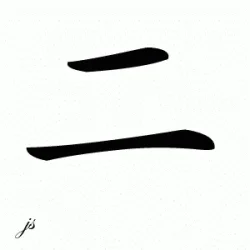callMeHawkEye
Yellow Belt
Hello folks. I just had an intro lesson today on wing chun and they had me do the I guess base stance. I forgot what it's called lol. Why is the stance so pigeon toed with feet pointing inwards? I feel my Kua (Chinese for inner thigh and hips/dantoen area) kinda close when the feet turn inwards like that.
And I am trying to turn my pelvis bit to keep the back straight and aligned. How are you supposed to generate the power from dantoen and such when you close the Kua like that?
Sent from my SM-G930T using Tapatalk
And I am trying to turn my pelvis bit to keep the back straight and aligned. How are you supposed to generate the power from dantoen and such when you close the Kua like that?
Sent from my SM-G930T using Tapatalk





